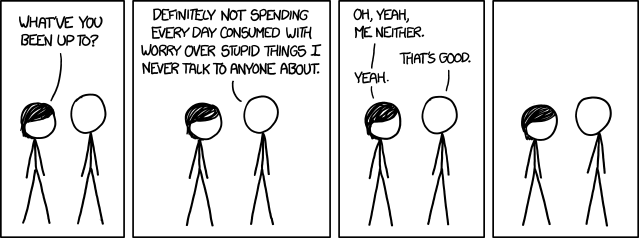Today’s blog is focused on the next target of the New Horizons probe, which back in July 2015 sent back such remarkable pictures of Pluto and Charon. But before that, here’s a quick reminder of this week’s Kindle Countdown deals for Far from the Spaceports and Timing – £0.99 / $0.99 for the next couple of days. Follow these links…
- Far from the Spaceports – UK Kindle store
- Far from the Spaceports – US Kindle store
- Timing – UK Kindle store
- Timing – US Kindle store

Right. New Horizons. After the Pluto flyby, the natural question was, what next? There was enough fuel and energy reserves to consider a small course change… but to what end? Pluto is at the inside edge of the Kuiper Belt, a tenuous and very sparsely populated volume of space. Over the last few years, we have been steadily gaining information about some of the contents, many of which have hugely elongated orbits. The big prize out there is the possibility of a really sizeable planet, acting as a gravitational shepherd to coax the smaller bodies into resonant patterns.
Planet 9 has not yet been found, but several smaller bodies have. And one of them, catalogue number KBO 2014 MU69 , happened to be well placed for New Horizons. So, an appropriate course change was made as Pluto dwindled into the distance, and KBO 2014 MU69 – now provisionally renamed Ultima Thule – became the next goal.

But distances out in the Kuiper Belt are large, so there has been a considerable wait. Ultima Thule is about 12% further away from Earth as Pluto is. The actual flyby will occur on January 1st next year, and at this stage we still don’t really know what to expect. The Hubble telescope orbiting Earth shows Ultima Thule as just a slowly moving point of light. New Horizons is about 33 million miles away from it – about 1/3 the Earth-Sun distance – and still can’t resolve it to more than just a point source. We cannot make out any surface detail. We don’t know if it’s roughly spherical, or irregular, or even a little cluster of fragments all moving together. Just about all we know is that it’s less than 40 km across, and although very dark by the standards we are used to in the inner system, is slightly more reflective than expected.

After sending the Pluto and Charon data home, New Horizons went to sleep for a couple of years, with a wake-up call in June for some of the instruments and a course correction. It is now being prepared as best we can for the encounter. It’s a fascinating problem – light or radio signals take around 6 hours to cross the gulf between us and the probe, so there is no possibility of direct control. Any reply takes another 6 hours to get back. The systems have to be set up in advance, according to our best guess of what will be there. The final course changes will occur in mid December, when the ground crew wil decide just how close to steer towards Ultima Thule. In one sense, the nearer the better… but the higher the risk that the probe will make brief, catastrophic contact with some fragment of rock and ice. On the day, the probe will whistle by at over 30000 km/h, so there’s no opportunity for second chances. Whatever sequence has been set up in advance, will be played out without modifications. After that, New Horizons will spend the better part of two years streaming the data back to Earth. So although the rendezvous will be a New Year treat, we shall have to wait a long time until we get any high-resolution images or other data.
As yet I haven’t written about what life might be like in a suitably protected environment out in the Kuiper Belt… maybe this encounter will be the seed of another book, in the way that the flyby past Pluto and Charon has contributed to The Liminal Zone. And here, just for a bit of fun, are someone’s first impressions of the settlement on Charon, extracted from the early sections of The Liminal Zone…
Nina walked steadily along the winding curves of Lethe towards Asphodel. The house AI had finally told her where Lance’s quarters were situated in Acheron, and had transferred directions onto a hand-held to direct her there. From space, the overall shape of the Charon settlement had been clear – five sinuous linear habitats, following curves in the underlying terrain and joined radially to Asphodel. When you were actually down here, it wasn’t nearly so neatly divided. There were extra little corridors and alcoves which broke up the superficial symmetry, and little tunnels that dived underground and then resurfaced at unexpected places. She was glad that the little hand-held router buzzed faintly at junctions to tell her which way to turn.





















